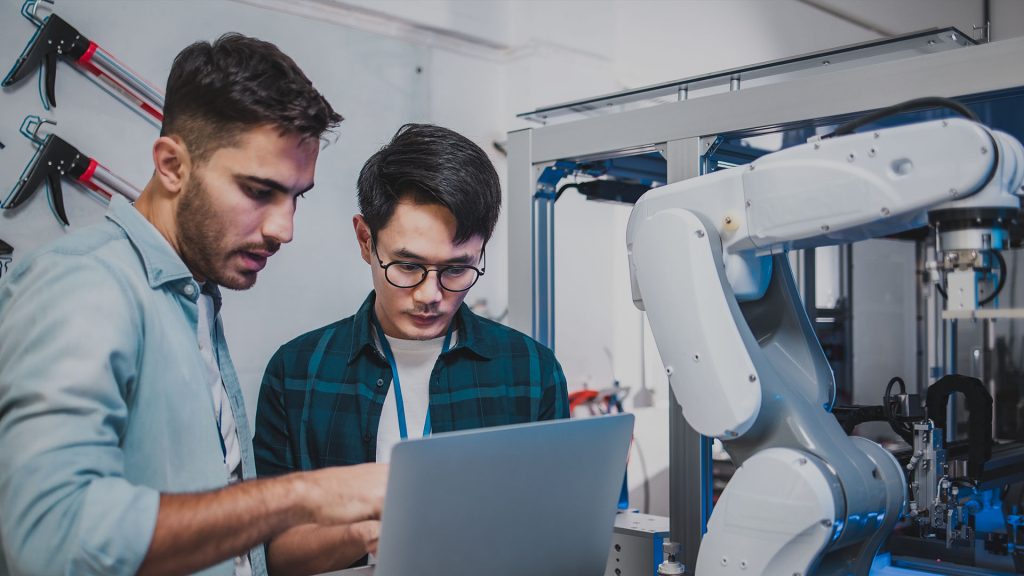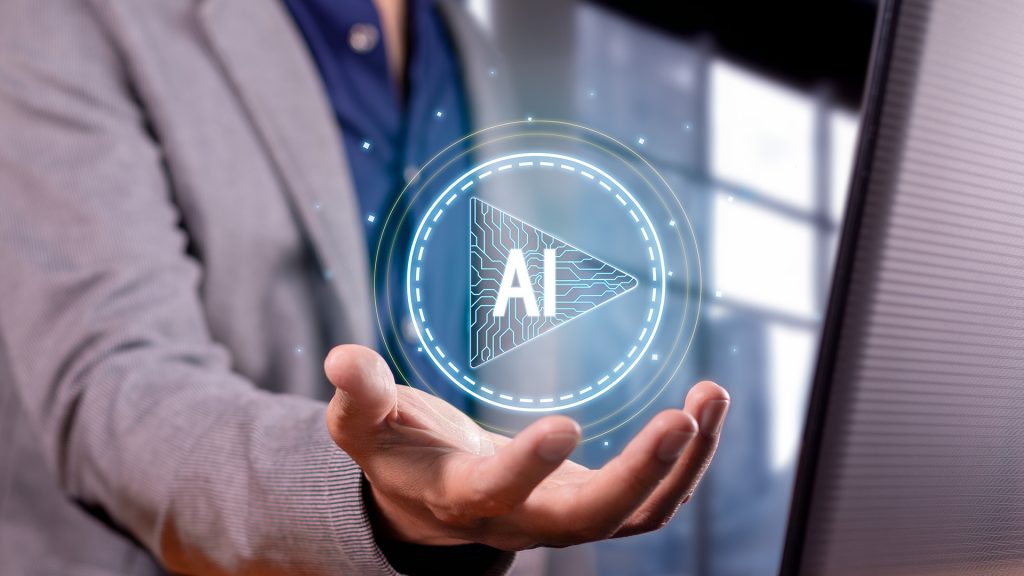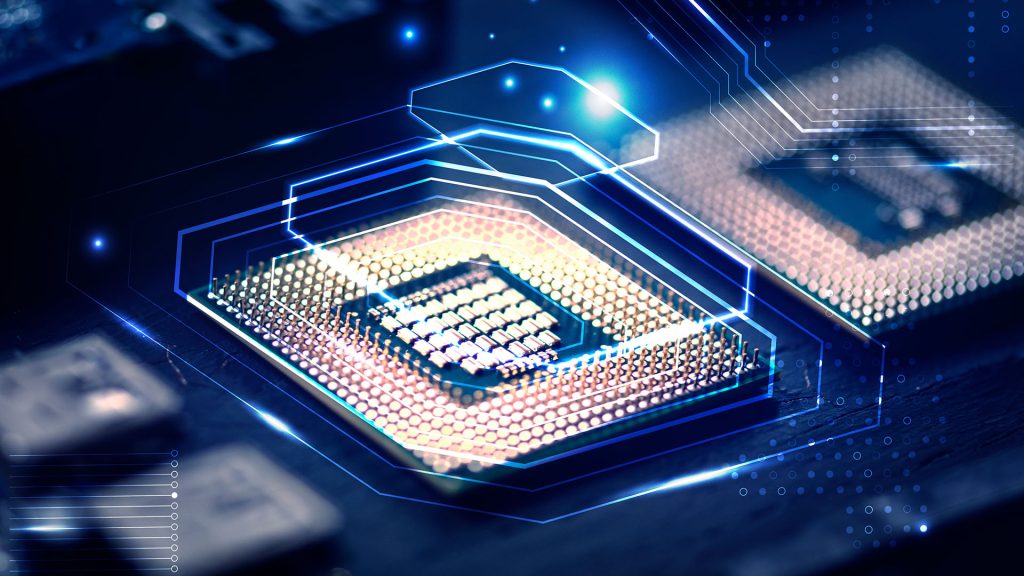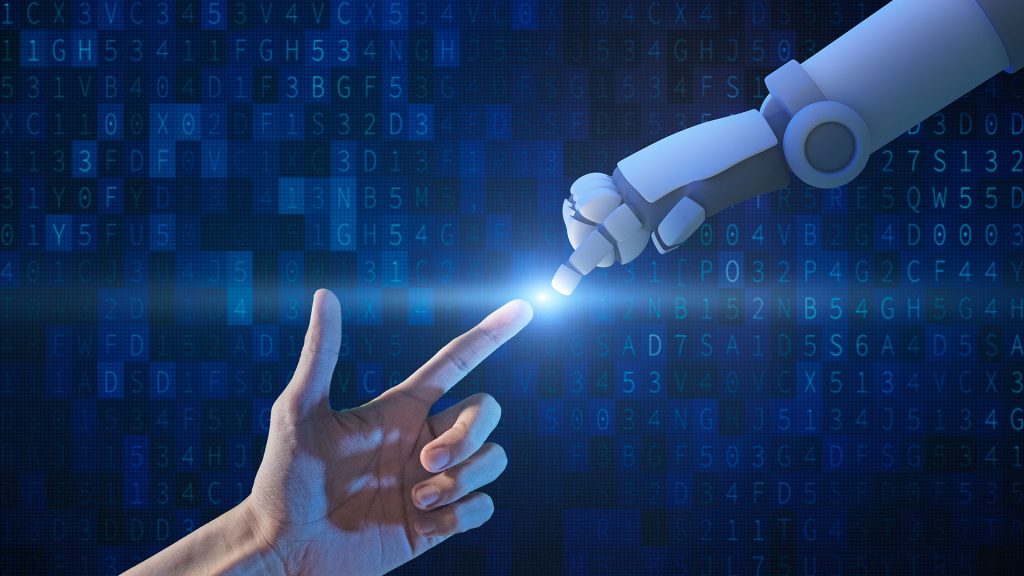Unleashing the Power of Synergy: Blockchain and AI Revolutionizing Industries

In the ever-evolving landscape of technology, two juggernauts have emerged as game-changers: Blockchain and Artificial Intelligence (AI). While each stands formidable on its own, their convergence creates a synergy that is reshaping industries worldwide. Welcome to the era where Blockchain and AI join forces to revolutionize everything from financial transactions to supply chains.
Understanding the Power Couple: Blockchain and AI
Blockchain: Reinventing Trust and Transparency
Blockchain technology gained fame as the backbone of cryptocurrencies like Bitcoin. However, its potential transcends digital currencies. At its core, blockchain is a decentralized ledger system that records transactions across multiple computers securely. Each transaction, or “block,” is linked to the previous one, forming a “chain” that cannot be altered retroactively.
This immutable and transparent nature of blockchain makes it invaluable for various industries. From finance to healthcare and beyond, blockchain ensures data integrity, enhances transparency, and strengthens security protocols.
AI: Unleashing Intelligent Automation
Artificial Intelligence, on the other hand, simulates human intelligence processes using machines, enabling them to learn, analyze, and solve complex problems. AI algorithms excel at tasks like data analysis, pattern recognition, and decision-making, surpassing human capabilities in speed and accuracy.
By leveraging AI, businesses automate mundane tasks, uncover insights from vast datasets, and optimize processes. From predictive analytics to virtual assistants, AI empowers organizations to innovate and thrive in the digital age.
The Synergy Unleashed: Blockchain Meets AI
Enhancing Security and Trust
Combining the immutability of blockchain with the analytical prowess of AI results in unparalleled security measures. AI algorithms analyze blockchain data to detect anomalies, identify potential threats, and prevent fraud in real-time. By continuously learning from patterns and behaviors, AI fortifies blockchain networks against evolving cyber threats, ensuring data integrity and user trust.
Optimizing Supply Chains
Supply chain management undergoes a paradigm shift with the integration of Blockchain and AI. By tracking products at every stage, from manufacturing to delivery, blockchain ensures transparency and traceability. AI algorithms analyze this data to predict demand, optimize inventory levels, and streamline logistics operations. The result? Enhanced efficiency, reduced costs, and improved customer satisfaction across the supply chain.
Revolutionizing Financial Transactions
Blockchain and AI redefine the landscape of financial transactions, making them faster, cheaper, and more secure. Smart contracts, powered by blockchain, automate agreement execution, eliminating intermediaries and reducing transactional friction. AI algorithms enhance fraud detection and risk assessment, ensuring compliance and safeguarding financial assets in real-time.
The Future of Tech Synergy
As Blockchain and AI continue to evolve, their synergy holds the promise of transforming industries on a global scale. From healthcare to retail, transportation to energy, the fusion of these technologies drives innovation, fosters trust, and unlocks new possibilities.
In this era of unprecedented connectivity and digital transformation, embracing the power of Blockchain and AI synergy is not just an option—it’s a necessity for organizations striving to stay ahead in a rapidly evolving world.
Conclusion
The convergence of Blockchain and AI marks a pivotal moment in the history of technology. Together, they form a formidable duo that secures and optimizes processes, disrupts traditional models, and paves the way for a more transparent, efficient, and interconnected future. As industries embrace this synergy, the possibilities are endless, promising a world where innovation knows no bounds. #BlockchainAI #TechSynergy #DigitalTransformation #Innovation #FutureTech #AI #Blockchain #Technology








